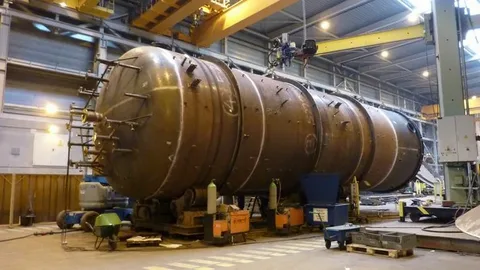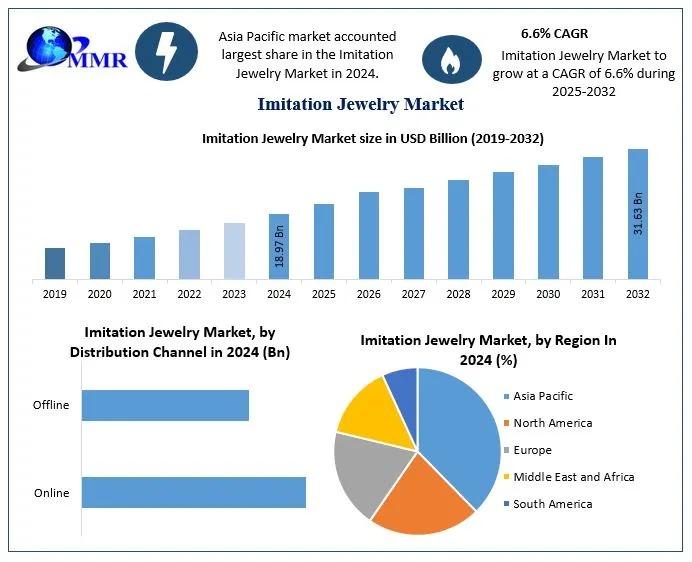Pressure Vessels: The Backbone of Industrial Safety and Efficiency

Introduction
The Pressure Vessel Market plays an essential role across industries such as oil & gas, chemical processing, power generation, and water treatment. These vessels are engineered containers designed to hold gases or liquids at pressures significantly higher than atmospheric levels. With the rapid industrialization and expansion of energy infrastructure worldwide, the demand for reliable and high-performance pressure vessels is rising. They are critical in ensuring safe storage, efficient chemical reactions, and controlled transportation of hazardous materials. Growing adoption of renewable energy systems and increasing investments in refining and petrochemical sectors are further driving market expansion.
Market Drivers
The primary driver of the pressure vessel market is the growing demand for energy and industrial process applications that require high-pressure environments. The oil & gas industry remains the largest consumer, where pressure vessels are used in upstream, midstream, and downstream operations for processing, storage, and transportation. Moreover, the power generation sector—especially nuclear and thermal power plants—uses pressure vessels for steam generation and heat exchange. Another strong driver is the rising focus on renewable and clean energy projects, such as biogas and hydrogen storage, where pressure vessels are vital for energy storage and conversion. Technological advancements in materials like composite and stainless-steel alloys have improved vessel strength, efficiency, and corrosion resistance, contributing to longer operational life and lower maintenance costs.
Market Challenges
Despite robust growth, the market faces several challenges. Stringent regulations and certification requirements for pressure vessel design, fabrication, and operation often increase production costs and timelines. Non-compliance can lead to severe safety risks, making adherence to ASME, PED, and other standards mandatory. The high cost of advanced materials like carbon fiber and titanium alloys restricts adoption, particularly among smaller operators. Additionally, the risk of catastrophic failure due to design flaws, corrosion, or improper maintenance remains a major concern, necessitating continuous monitoring and inspection. Supply chain disruptions, skilled labor shortages, and fluctuating raw material prices further challenge manufacturers in maintaining consistent production quality.
Market Opportunities
The market offers significant opportunities as industries move toward sustainability and efficiency. The green hydrogen economy presents a major growth avenue, with pressure vessels being essential for hydrogen storage and transportation. Waste-to-energy plants and carbon capture utilization and storage (CCUS) projects also require advanced pressure systems. The miniaturization of vessels for use in compact renewable energy systems, such as fuel cells, opens doors for innovation in small-scale applications. Furthermore, digital monitoring technologies using IoT and AI are transforming pressure vessel maintenance and safety management by predicting failures before they occur. Developing economies, especially in Asia-Pacific and the Middle East, are investing heavily in energy and chemical sectors, driving demand for modern, high-capacity vessels.
Regional Insights
The Asia-Pacific region dominates the global market, fueled by massive investments in oil & gas refining, chemical manufacturing, and power generation in China, India, Japan, and South Korea. North America remains a strong player, with ongoing shale gas exploration and nuclear power expansion supporting growth. Europe emphasizes stringent safety standards and is increasingly integrating pressure vessels into renewable energy applications such as hydrogen production. The Middle East & Africa region is witnessing steady growth due to oil & gas infrastructure projects, while Latin America continues to expand its chemical and power industries, contributing to rising vessel demand.
Future Outlook
The future of the pressure vessel market looks promising, driven by technological innovation, stricter safety protocols, and sustainability trends. Manufacturers are focusing on lightweight and corrosion-resistant materials that improve durability and reduce lifecycle costs. Automation and robotics are being integrated into fabrication processes to enhance precision and safety. The rise of hydrogen energy and carbon capture technologies will significantly shape market dynamics in the coming decade. Moreover, digital twins and AI-based inspection tools are expected to revolutionize asset management, making pressure vessels smarter and more reliable.
Conclusion
The Pressure Vessel Market stands as a cornerstone of modern industrial and energy infrastructure. As industries evolve toward efficiency, sustainability, and automation, the market’s scope continues to expand. Though challenges such as regulatory complexities and cost pressures persist, technological innovations and renewable energy applications offer tremendous potential. Pressure vessels will remain indispensable in supporting safe, efficient, and sustainable industrial operations worldwide.

